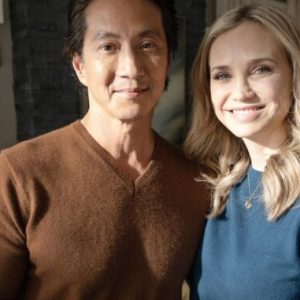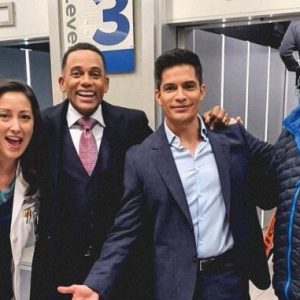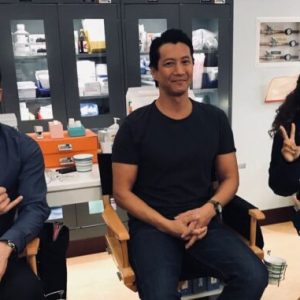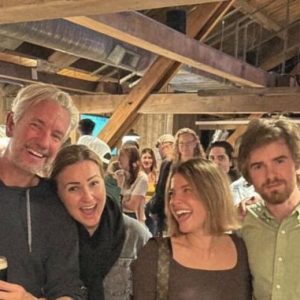The Good Doctor premiered in 2017, few could have predicted the global impact it would have. A medical drama centered around a young autistic surgeon? It was a bold pitch—one that some industry insiders doubted would resonate with mainstream audiences. But not only did the show resonate, it soared. Week after week, The Good Doctor captured hearts, challenged perceptions, and proved that television still has the power to inspire, educate, and shift cultural conversations.
Freddie Highmore: A Performance That Redefined Lead Roles
Freddie Highmore’s portrayal of Shaun Murphy was, and remains, nothing short of remarkable. With nuance, restraint, and emotional vulnerability, Highmore crafted a character that felt both specific and universal. He didn’t play Shaun as a stereotype or a plot device—he played him as a fully realized person, with layers of brilliance, fear, insecurity, and courage.
Highmore earned several prestigious nominations, including a Golden Globe nod for Best Actor in a Drama Series. While he didn’t take home the trophy, the performance itself stood as a major win for authentic representation. His ability to communicate so much with so little—a twitch of the eye, a pause before a sentence—was deeply affecting.
Offscreen, Highmore became a passionate advocate for neurodiversity, often acknowledging in interviews that his portrayal was informed by real-life research and consultations with individuals on the spectrum. His commitment to authenticity helped elevate the series from medical drama to cultural touchstone.
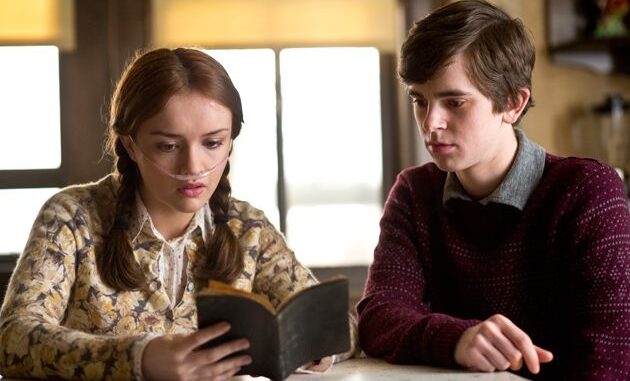
Critical Acclaim Beyond the Usual Circles
The Good Doctor didn’t just impress mainstream viewers—it earned praise from organizations focused on representation, ethics, and social justice. The series received recognition from the Humanitas Prize, which honors television and film that explore human dignity and meaning. It was also nominated for the Banff Rockie Award for Best Drama Series, further establishing its global appeal.
Perhaps more significantly, autism advocacy groups and individuals on the spectrum spoke out in support of the show. While no single portrayal can represent the entire autistic experience, The Good Doctor was celebrated for bringing visibility and nuance to a condition that is too often misrepresented or ignored entirely.
The show also tackled difficult themes—medical ethics, assisted suicide, reproductive rights, institutional bias—with intelligence and empathy. These storylines weren’t designed merely to shock or entertain; they were crafted to reflect the complexity of real life.

International Reach, Global Impact
What began as an American adaptation quickly turned into a global phenomenon. The Good Doctor was sold in over 100 countries and dubbed or subtitled in dozens of languages. Its universal themes—struggle, acceptance, love, and growth—resonated with audiences from Seoul to São Paulo.
In Latin America, it became one of the most-watched prime-time dramas. In Europe, it held strong against local programming. In Asia, the show’s respectful nod to its South Korean roots was seen as a refreshing bridge between cultures. It wasn’t just a TV show—it was a conversation starter across continents.
This global success speaks not just to the quality of the writing or production, but to the deep emotional truth embedded in the series. Everyone, regardless of background, knows what it feels like to be underestimated, to grieve, to hope, and to fight for a place in the world. That’s what The Good Doctor captured so beautifully.
In an era where many television shows feel formulaic, The Good Doctor dared to be different. It didn’t rely on over-the-top plot twists or soap-opera theatrics. Instead, it leaned into quiet moments, moral complexity, and emotional vulnerability.
It gave space for characters to cry, to fail, to heal. It showed that strength can come in the form of empathy. That intelligence isn’t always loud. That love isn’t always smooth or predictable—but it’s always worth fighting for.
Most importantly, it proved that stories centered around disability, difference, and inclusion are not only necessary—they’re desirable. When told with care and respect, these stories don’t narrow an audience—they expand it.

